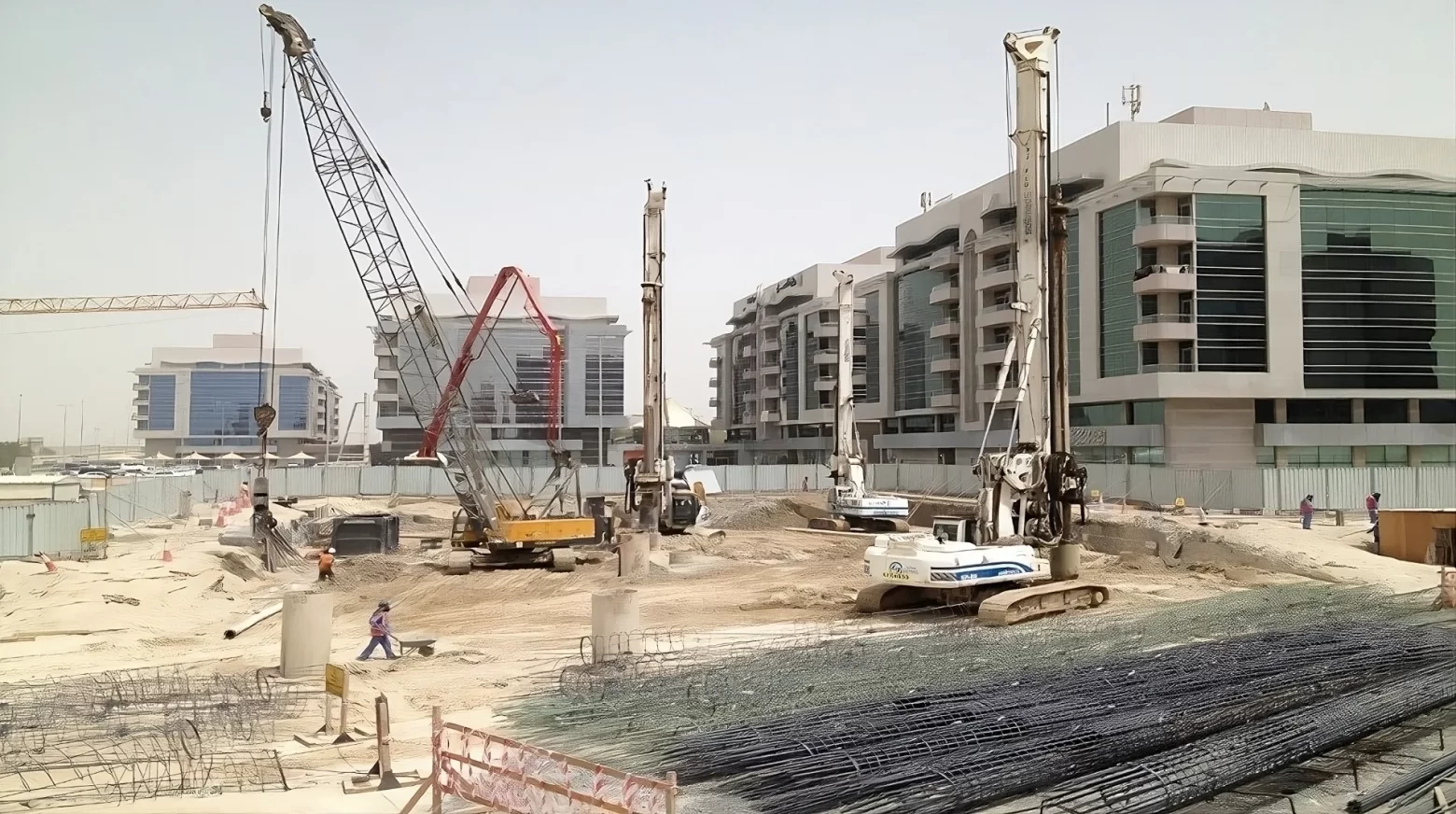The Gulf region is witnessing a significant transformation in its transportation infrastructure. With a focus on connecting cities, boosting economies, and promoting sustainable development, numerous projects are underway that promise to enhance mobility and accessibility. This article explores some of the major transportation infrastructure projects in the Gulf and their impact on the region.
Table of Contents
The Importance of Transportation Infrastructure
Transportation infrastructure is crucial for the economic development and social well-being of any region. In the Gulf, major investments in roads, railways, airports, and ports are helping to connect cities, facilitate trade, and support tourism.
Key Benefits of Enhanced Transportation Infrastructure
- Economic Growth: Improved transportation networks stimulate economic activities by facilitating trade and commerce.
- Job Creation: Infrastructure projects create numerous job opportunities during construction and operation.
- Regional Integration: Better connectivity promotes regional integration and collaboration.
- Sustainable Development: Modern transportation systems incorporate sustainable practices, reducing environmental impact.
Major Transportation Projects in the Gulf
Riyadh Metro
Overview
The Riyadh Metro is one of the most ambitious transportation projects in Saudi Arabia, aimed at reducing traffic congestion and improving mobility in the capital city.
Key Features:
- Lines: Six lines covering 176 kilometers.
- Stations: 85 stations.
- Capacity: Designed to serve millions of passengers annually.
Impact
The Riyadh Metro will significantly reduce traffic congestion, lower emissions, and provide a reliable public transportation system, enhancing the quality of life for residents.
Etihad Rail, UAE
Overview
Etihad Rail is a major railway project in the UAE, designed to connect the country’s major cities and integrate with the broader GCC railway network.
Key Features:
- Phases: Multiple phases, with Phase 1 already operational.
- Length: Over 1,200 kilometers upon completion.
- Integration: Connecting ports, cities, and industrial zones.
Impact
Etihad Rail will enhance freight and passenger transport, reduce road congestion, and promote economic diversification by facilitating trade and logistics.
King Abdulaziz International Airport (KAIA) Expansion, Jeddah
Overview
The expansion of King Abdulaziz International Airport aims to transform it into a major aviation hub, accommodating increased passenger traffic and enhancing facilities.
Key Features:
- New Terminals: State-of-the-art passenger terminals.
- Capacity: Designed to handle over 80 million passengers annually.
- Sustainability: Incorporation of sustainable practices and technologies.
Impact
The expanded airport will boost tourism, support economic growth, and provide better connectivity for both domestic and international travelers.
Hamad Port, Qatar
Overview
Hamad Port is one of the largest ports in the Gulf, designed to handle a significant volume of cargo and support Qatar’s trade ambitions.
Key Features:
- Capacity: Capable of handling 7.5 million TEUs (twenty-foot equivalent units) annually.
- Facilities: Modern cargo handling and storage facilities.
- Expansion Plans: Future expansions to increase capacity and enhance services.
Impact
Hamad Port will enhance Qatar’s trade capabilities, support economic diversification, and improve the country’s logistics infrastructure.
Kuwait International Airport Expansion
Overview
The expansion of Kuwait International Airport is aimed at increasing passenger capacity and modernizing facilities to meet growing demand.
Key Features:
- New Terminal: State-of-the-art terminal with increased capacity.
- Capacity: Designed to handle over 25 million passengers annually.
- Sustainability: Focus on sustainable design and energy efficiency.
Impact
The expanded airport will support tourism, facilitate trade, and improve connectivity for travelers.
Sustainable Transportation Initiatives
Electric and Autonomous Vehicles
The Gulf region is investing in electric and autonomous vehicle technology to promote sustainable and efficient transportation.
Key Initiatives:
- Dubai’s Autonomous Transportation Strategy: Aims to make 25% of all trips in Dubai autonomous by 2030.
- Electric Vehicle Infrastructure: Development of charging stations and incentives for electric vehicle adoption.
Impact
These initiatives will reduce carbon emissions, enhance safety, and promote the adoption of advanced transportation technologies.
Integrated Public Transport Systems
Efforts are being made to integrate various modes of public transport to provide seamless and efficient mobility.
Examples:
- Dubai’s Integrated Public Transport: Combines metro, tram, bus, and water transport systems.
- Doha Metro: Part of a broader integrated transport network that includes buses and light rail.
Impact
Integrated public transport systems will improve accessibility, reduce reliance on private vehicles, and promote sustainable urban mobility.
Conclusion
The Gulf region is making significant strides in developing its transportation infrastructure, with numerous projects aimed at enhancing connectivity, boosting economic growth, and promoting sustainable development. From the Riyadh Metro and Etihad Rail to major airport expansions and port developments, these initiatives are transforming the region’s transportation landscape and setting the stage for a more connected and prosperous future.
References
- Construction Week Saudi
- Gulf Construction Online
- Riyadh Metro
- Etihad Rail
- King Abdulaziz International Airport
- Hamad Port




